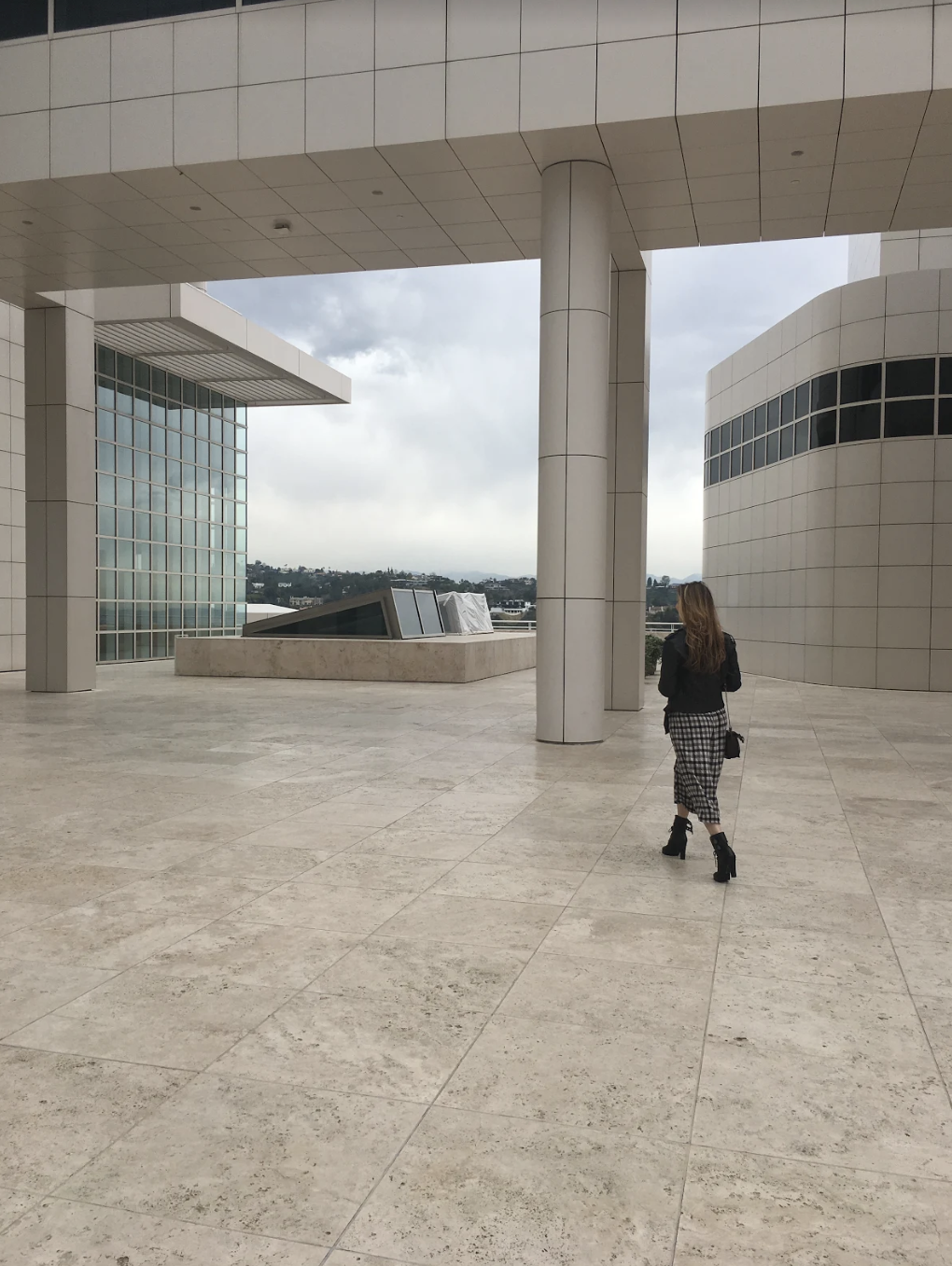
The work of artist photographer Oscar Rejlander will be in display at Getty Museum until June 9th. Rejlander is known for his bold experimentations and innovations in the medium of photography. One of his distinguishing characteristics as an early photographer is to combine multiple negatives to create large scale images and added detail. Due to his background in painting he saw an opportunity to use photography to substitute life models. This led him to create figure studies in a range of postures, close-up’s of different body parts and most importantly fleeting facial expressions. In his pieces such as ‘Bad Temper” and “Mental Distress” he attempted to capture the physicality of human emotions. His success in capturing pure emotions attracted Darwin’s attention to use Rejlander’s work for his studies about evolution and species. Psychitecture turns the lens on this series as Rejlander captures the reptilian of panic, rage, sex, hunger as in the basis of the evolution of species to the higher order of emotional expression found in grief. He goes on to explore dream state which has been seen as a representation of the primitive, the ego in the psychological tradition. His work “ The Bachelor’s Dream (1860)” is one of the earliest attempts of dream representation in art, predating surrealism by almost a century. What’s interesting about the piece is that it represents the dream as a physical entity in the staged scene. The skirt cage represents the primitive sexual desires of a bachelor in dream state.
Another exhibition Getty will be showcasing is Encore: Reenactment of Contemporary Photography, which features 7 diverse artists reenacting scenes from public or personal history. Psychitecture will focus on the work of Gillian Wearing’s body of work as representations of persona and the psyche. The artist re-created portraits of family members in her self portraits through the use silicone masks. The more you approach the work of art the easier it is to understand that these are self portraits of the artist. The expression, especially in the eyes, serve as a cue for us to see the real person photographed. Psychology draws a distinction between the authentic self and the persona represented to the world. In her works, the divide between these two identities become deeper than ever.



